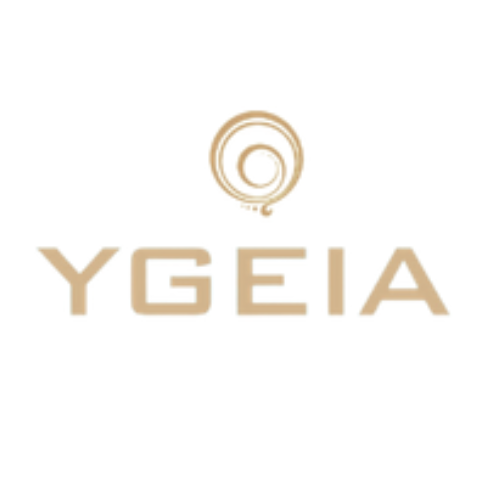Integumentary System
The integumentary system is the body’s outer layer. It’s made up of skin, nails, hair, glands and nerves on the skin. The integumentary system acts as a physical barrier — protecting the body from bacteria, infection, injury and sunlight. It also helps regulate the body temperature and feel skin sensations like hot and cold.

Skin
The skin is the largest and heaviest organ in the body. It weighs about six pounds (or more) and is approximately 2 millimeters thick — thinner on sensitive areas like eyelids, and thicker on surfaces that take more stress, like the soles of the feet. One inch of the skin contains nearly 19 million cells. The skin is composed of three layers, with nerves that recognize different sensations in each layer:
- Epidermis: The top layer of the skin. This is the part of the skin that you can see and touch. It’s made up of three types of cells: melanocytes, keratinocytes and Langerhans. It gives the skin its color and provides a waterproof barrier.
- Dermis: The middle layer of the skin. This layer is the thickest. It contains sweat and oil glands and hair follicles.
- Hypodermis: The bottom layer of the skin. It’s the fatty layer of the skin that helps insulate the body.
Nails
The nails protect the ends of the fingers and toes. The anatomy of the nail consists of:
- Nail plate: The hard part of the nail you can see.
- Nail bed: The skin under the nail plate.
- Cuticle: The thin skin at the base of the nail plate.
- Matrix: The “root” of the nail responsible for making it grow.
- Lunula: The white, moon-shaped part of the nail plate.
Hair
The hair does more than help us look nice. The hair on the head helps keep heat in the body. the eyelashes and eyebrows help protect the eyes from dirt and water.
The hair is made of a protein called keratin. the hair consists of three parts: the shaft, follicle and bulb.
- Hair shaft: The part of the hair you can see, touch and style.
- Hair follicle: The tube-like structure that keeps the hair in the skin.
- Hair bulb: Located under the skin and responsible for hair growth.
- Goosebumps are caused by the integumentary system. We all have hair erector muscles connected to the hair follicles and skin. When it contracts, it makes the hair stand up. The “goosebumps” are what we see when these tiny muscles contract.
Glands
Glands are found throughout the skin. They release materials like water, salt or oil from under the skin to the surface of the skin.
- Sudoriferous glands: These are the glands that secrete sweat through the skin. There are two types of sweat glands: eccrine glands and apocrine glands. Eccrine glands are all over the body and open to the pores, while apocrine glands open into the hair follicles.
- Sebaceous glands: These glands produce sebum (oil) and give the face its oil.
- Ceruminous glands: These are the glands in the ear that secrete ear wax.
- Mammary glands: These are the glands on a person’s chest. In people assigned female at birth (AFAB), mammary glands produce milk after giving birth.
Functions
Glands are found throughout the skin. They release materials like water, salt or oil from under the skin to the surface of the skin.
- Sudoriferous glands: These are the glands that secrete sweat through the skin. There are two types of sweat glands: eccrine glands and apocrine glands. Eccrine glands are all over the body and open to the pores, while apocrine glands open into the hair follicles
- Sebaceous glands: These glands produce sebum (oil) and give the face its oil.
- Ceruminous glands: These are the glands in the ear that secrete ear wax.
- Mammary glands: These are the glands on a person’s chest. In people assigned female at birth (AFAB), mammary glands produce milk after giving birth.
Diseases
- Acne
- Athlete's Foot
- Burns
- Dermatitis
- Psoriasis
- Herpes Infections
- Skin cancer
- Vitiligo
- Warts
Detoxing Integumentary System
The skin deals with environmental damage daily and is prone to clogged pores from makeup, pollutants, and dead skin cells. Unfortunately, clogged pores are acne-prone, dull, and sensitive. Detoxing the skin means removing as many of the impurities, toxins, pollutants, and dead skin cells clogging the pores as possible to cleanse, treat, brighten, hydrate, and soothe the skin.
- Water consumption of about 10 glasses a day needs to consumed to detox the skin and nails.. Consumption of alcohol and sugary fluids must be avoided during detox.
- Apple Cider Vinegar helps return the pH balance of the skin and body back to the alkaline zone.
- Double cleansing the skin along with exfoliation helps remove the pollution, oil, bacteria, makeup and dead skin cells that are present on the surface of the skin.
- Alkaline-rich fruits and vegetables like pears, broccoli, leafy greens, watermelon, and bananas, and Alkaline minerals such as calcium, magnesium, and potassium keep skin strong.
